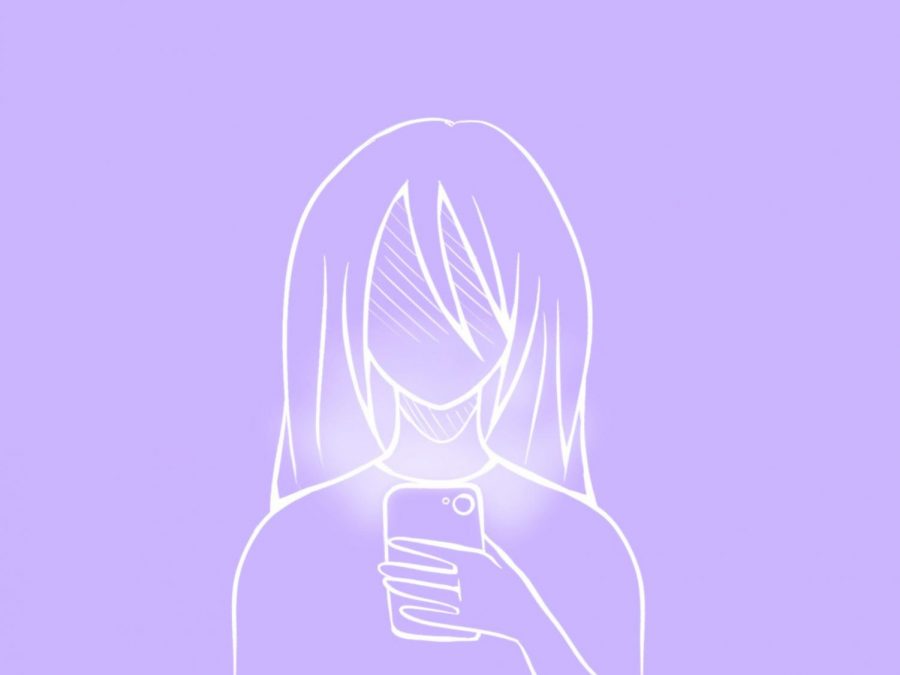Teens Fitting into Society’s Standards
January 25, 2021
A young kid has their ideal occupation in mind, something fun and exciting to them. As they grow up, their plans in the future constantly shift to what is ideal to society. Doing something they want turns into doing something to be successful in the eyes of the people. Teens should not feel the need to please the people, nor should they need to change themselves to fit such expectations.
Teens have an endless amount of pressure put on them regarding what they want to do in life and where they think they will be. They are expected to get a career that will make them a ton of money, which can often make them scared to branch out into something considered different. Teens face the constant stress of career choice throughout high school, when instead they should be exploring different options.
Students may not be satisfied with their career choice because they focused heavily on doing one specific thing instead of trying many others. According to the National Center for Education Statistics, about 80 percent of students in the United States end up changing their major at least once.
Society also has very high expectations with the way people must look and act. 87% of women and 65% of men compare their bodies to images they consume on social and traditional media according to the Florida House Experience. People push these unrealistic standards on teens especially. They will begin to strive for those unattainable goals in order to fit in with what society appears to be.
Teens are developing body image issues and are being negatively affected as a whole by the media. Even outside of the media, society still pushes this ideology on the young. Families or even strangers may shame someone for the way they look, which slowly builds up a toxic, negative mindset. Exaggerated appearances should not represent people, instead it should be real and authentic looks.
Although, the influence of social media expands beyond beauty standards. Social media often shows someone’s “flawless” life, even if it’s completely false. One in three young women feel under pressure to present themselves as having a “perfect” life on social media, a survey has found. In a poll by the charity Girlguiding, 35% of girls aged 11-21 said their biggest worry online was comparing themselves to others.
The public is an added pressure to live that perfect life due to such high expectations. Teens feel the need to hide what will take away from that online persona, even if it displays a normal life. This behavior can cause them to feel a sense of guilt for being the way they are, and can also lead to them creating a fake yet ideal version of themselves.
Some may argue that it isn’t society causing teens to desperately want to fit in, but fellow teens instead. Although it’s true that someone’s peers may be a source of this feeling, it was the people as a whole that shaped such ideals. These ideals are then pushed on to others, which may cause another teen to feel the need to fit in. Overall, it creates a domino effect, and humanity was the one who pushed it.
Even though this problem is becoming more and more prominent, there is still a way to make it better. People must be able to recognize the issue itself and then normalize what is truly considered normal. Instead of pressuring a singular version of success onto teens, they can open a wide variety of realistic options. Normalizing things besides the “perfect” look or life will also help teens feel less of a need to fit in.
Most people want to feel included with the general public, but that can bloom into something extremely negative. Teens often try to fit in with the standards society set and it becomes a heavy weight they carry with them throughout their years. They should not feel the need to fit in with such unrealistic standards, instead they should be true to themselves.
We should work towards promoting individuality within teens and shifting the pressure of society to be more positive. These changes can help teens lead better lives and reach their highest potential.





